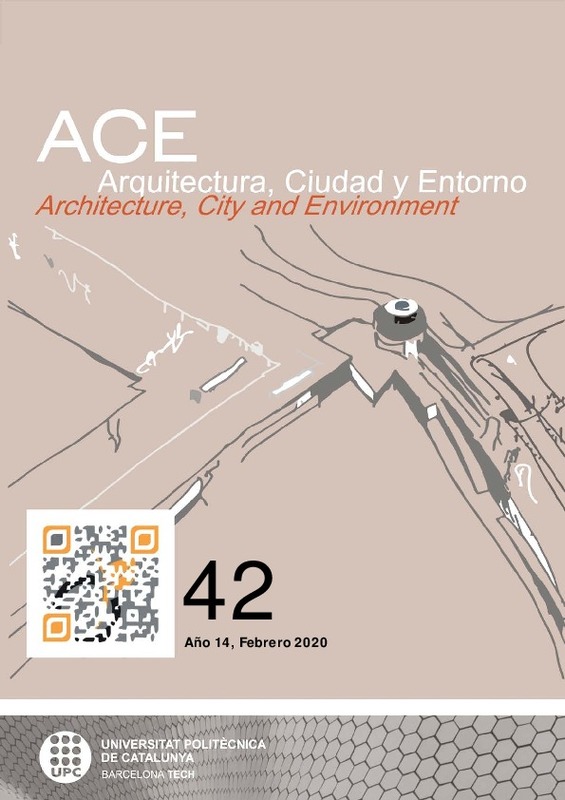JavaScript is disabled for your browser. Some features of this site may not work without it.
Buscar en RiuNet
Listar
Mi cuenta
Estadísticas
Ayuda RiuNet
Admin. UPV
Multiculturalism in Post-War architecture: Aldo van Eyck and the Otterlo Circles
Mostrar el registro completo del ítem
Campos-Uribe, A.; Miguel-Pastor, MD.; Lacomba-Montes, P.; Martínez-Ventura, J. (2020). Multiculturalism in Post-War architecture: Aldo van Eyck and the Otterlo Circles. ACE Arquitectura, ciudad y entorno. Architecture City and Environment. 14(42):1-23. https://doi.org/10.5821/ace.14.42.7033
Por favor, use este identificador para citar o enlazar este ítem: http://hdl.handle.net/10251/153227
Ficheros en el ítem
Metadatos del ítem
| Título: | Multiculturalism in Post-War architecture: Aldo van Eyck and the Otterlo Circles | |
| Autor: | ||
| Entidad UPV: |
|
|
| Fecha difusión: |
|
|
| Resumen: |
[EN] This research aims to analyse the development of a multiculturalist discourse in
European post-war architecture (1950s-1960s). It focuses on the work of the Dutch
architect Aldo van Eyck (1918-1999), who built his ...[+]
|
|
| Palabras clave: |
|
|
| Derechos de uso: | Reconocimiento - No comercial - Sin obra derivada (by-nc-nd) | |
| Fuente: |
|
|
| DOI: |
|
|
| Editorial: |
|
|
| Versión del editor: | https://doi.org/10.5821/ace.14.42.7033 | |
| Agradecimientos: |
This research has been funded with a Predoctoral Fellowship by the Department of Education, Research and Culture of the Valencian Community. The collaboration of the Aldo and Hannie van Eyck Foundation, especially through ...[+]
|
|
| Tipo: |
|









